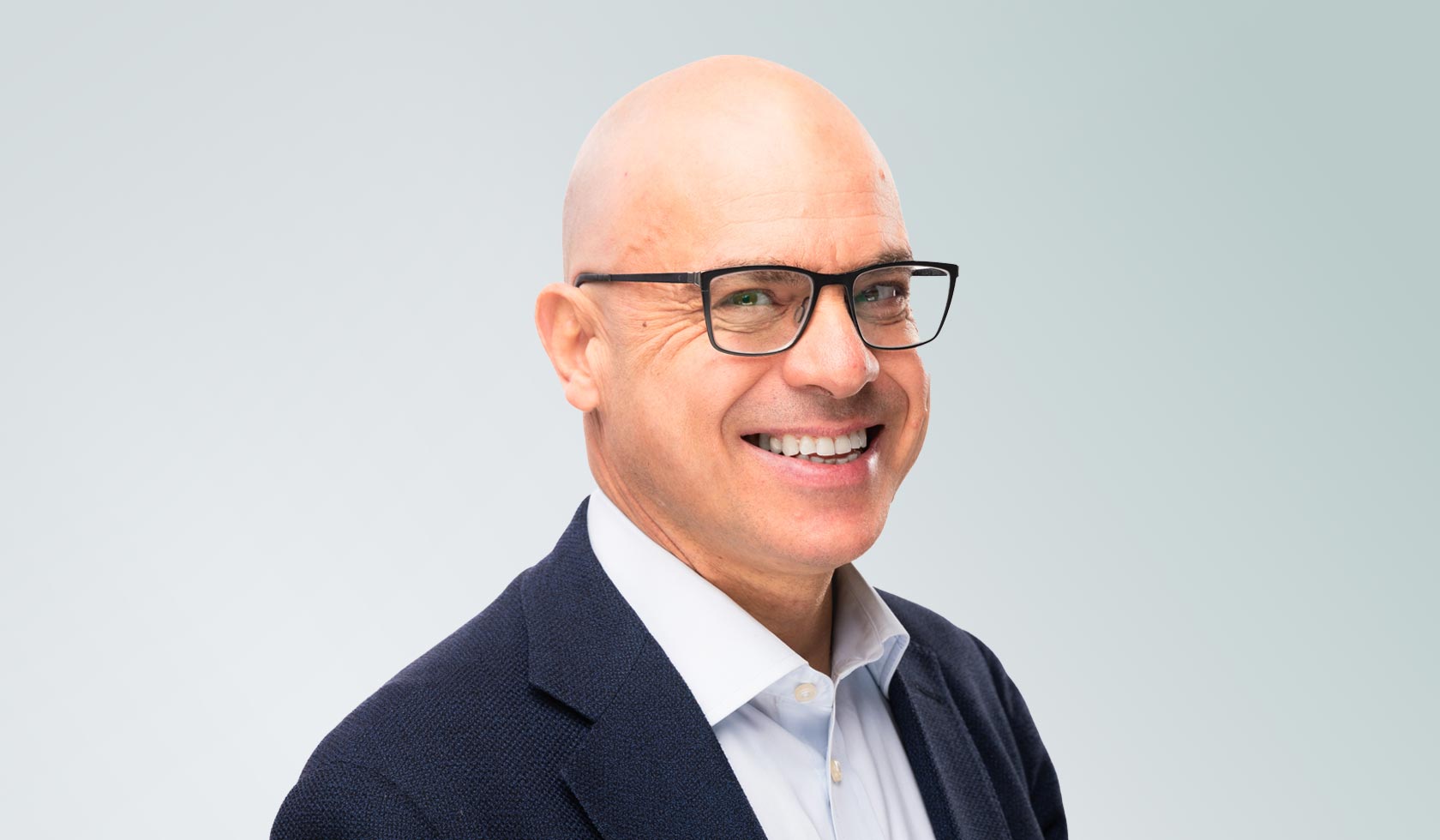Most initiatives related to innovation in insurance – in the life and health protection market – have been focused on three main strategies:
- Make the policy purchase easier
- Minimize price as much as possible
- Engage the policyholder with tools and technologies
The arguments in Favor of the first two could be summarized as follows: a policy's costs may be too high or the purchasing process too difficult due to a requirement for a medical visit and/or blood or other tests. The proposed solution: lower the cost of the policy and make it easier to buy, and the policy will therefore become easier to sell. The third point relates to tools and technologies, such as wearables, lifestyle apps, smartphone geo-positioning and so on. The idea is that, the more the policyholder is engaged, especially with regard to personal health and wellness management, the more he or she will willingly purchase life or health insurance -- and, consequently, the greater the likelihood he or she will keep this coverage longer.
Obviously, I believe that the innovation in insurance industry is absolutely necessary. I also think that the above type of innovation around standalone products may help individual insurers successfully grow market share – but will do little to bridge the protection gap and reduce the numbers of the uninsured. Why? Simply put, if someone doesn’t feel the need for a product or service, low price and easy purchasing will not matter.
I believe another factor could enable insurers to increase demand -- and grow the market itself. Consider a teaching technique used by the famous copywriter Gary Halbert. During his classes, Halbert asks students a simple question: "If you and I both owned a hamburger stand and we were in a contest to see who would sell the most hamburgers, what advantages would you most like to have on your side?"
The responses to this question tend to vary. Some say they would like to have the advantage of having superior meat from which to make their hamburgers. Others prefer sesame-seed buns. Others mention location. Someone usually wants the lowest prices.
The correct answer, says Halbert:
"Anyway, after my students are finished telling what advantages they would most like to have, I say to them: 'O.K., I'll give you every single advantage you asked for. I, myself, only want one advantage and, if you will give it to me, I will whip the pants off of all of you when it comes to selling burgers!'
'What advantage do you want?' they ask.
'The only advantage I want,' I reply, 'IS A STARVING CROWD!'"
Gary goes to a core of any successful business strategy. Companies search for groups of people who feel a strong need to satisfy particular condition and provide them with the means to meet this need in return for payment. As a customer looking back on a given transaction, I'm likely to recall the need I satisfied -- not the specific service or product I purchased. Given this context, there seems to be confusion, not about terminology, but about the very nature of consumption itself. People do not buy a product or service; they buy the chance for an experience.
For example, sometimes I hear that the “need” to have a smartphone – a device which didn’t exist until a few years ago – has been manufactured by the big tech companies, and now our quality of life has been jeopardized because of this invention. This observation may have an element of truth, but this misses the main point, in my opinion. The real "need" that the smartphone satisfies is to communicate. In this case, people are hungry to connect with other people. The smartphone is only a tool, a product, that helps us achieve this aforementioned expectation of better communication.
Viewed from this perspective, we may ask other questions:
- What is our potential customer hungry for or what kind of health outcome does he or she wish to achieve?
- What is his or her risk appetite or awareness?
- What types of cover could offer greater protection for these risks?
I remember that during one of my business trips to a Middle East country, when I asked one of our clients -- an insurance company -- why life protection products were not as common as everyone hoped, he replied: "You see, buying an insurance means buying peace of mind, but here people already have it."
Only by creating new questions and paying attention to new answers, can the industry develop products and services that people want to buy – precisely because we are able to meet our customers' needs.



